School garden design has emerged as a powerful teaching tool, evolving beyond mere aesthetics to cultivate learning environments that inspire young minds. Initially popularized as a complement to biology lessons, this practice has now branched into a myriad of forms, offering endless possibilities for educational enrichment. School gardens encourage hands-on learning and nurture curiosity by mimicking diverse ecological systems. Contrary to the notion that they are overly simplistic or purely decorative, these gardens serve as versatile, interactive classrooms--and their popularity is soaring. Transform traditional education with these innovative school garden ideas and create a vibrant space for discovery right outside the classroom.
Raised garden beds with a variety of plants. Incorporating diverse plants can enhance biodiversity and provide educational opportunities for students. Source
Colorful raised beds. Utilizing vibrant plants and fences can enhance the visual appeal and create an inviting space for students to learn about gardening. Source
Raised garden beds for a school garden. Incorporating educational signage and a seating area would enhance student engagement and learning about gardening. Source
Vibrant flower beds with native plants. Incorporating diverse plant species can enhance biodiversity and create a visually appealing landscape for educational purposes. Source
Natural stone pathway with native plants. This design enhances accessibility while promoting local biodiversity and environmental education for students. Source
Seating areas with natural stone elements. Incorporating benches and rocks will create inviting spaces for students to relax and engage with nature, enhancing their outdoor experience. Source
Native plant species
Using native plant species in garden design makes things super easy and fits the local ecosystem perfectly. These plants require less water and maintenance, attracting beneficial insects while creating a natural habitat for wildlife. Plus, they add a unique beauty that reflects the area's true character, making your garden stand out.
Pollinator-friendly garden
A pollinator-friendly garden is a fantastic way to attract bees, butterflies, and other critters to your yard. Planting native flowers like coneflowers and milkweed provides food and habitat while making your space vibrant and colorful. Adding elements like water sources and avoiding pesticides can turn your garden into a buzzing paradise.
Outdoor learning spaces
Outdoor learning spaces are fantastic for engaging kids with nature while they learn. Think about incorporating raised garden beds, seating areas, and sensory paths to create a hands-on experience. Adding native plants and local wildlife habitats will also make the space more inviting and educational.
Sustainable materials
Using sustainable materials in garden design is a game changer for eco-friendly spaces. Think reclaimed wood for raised beds, bamboo for fencing, or native stones for pathways; they look great while minimizing environmental impact. Plus, incorporating these materials often adds character and uniqueness to your garden, making it feel more personal and connected to nature.
Water-efficient irrigation system
A water-efficient irrigation system can seriously transform your garden game. Think about drip irrigation or smart controllers that adjust based on weather conditions; they save tons of water. Plus, you'll keep your plants happy without drowning them, so it's a win-win!
Sensory garden features
Sensory gardens are all about creating an experience for the senses, so think textured plants, fragrant flowers, and vibrant colors. Adding elements like wind chimes, water features, and cozy seating areas can enhance the atmosphere even more. Don't forget about edible plants; they bring a delicious taste component to the mix!
Child-friendly pathways
When designing a garden for kids, consider using soft materials like mulch or rubber for pathways to keep little ones safe while they wander. Incorporating gentle curves and interesting textures can make the paths more inviting and playful. Don't forget to add fun elements like stepping stones or small bridges to encourage exploration and spark their imagination!
Garden design for schools often focuses on creating a multifunctional space that fosters both education and recreation. The design process typically integrates areas for play, exploration, and learning through the incorporation of natural elements like native plants, sensory gardens, and outdoor classrooms. The result is a vibrant garden that not only enhances the aesthetic appeal of the school environment but also supports the development of students by providing opportunities for hands-on learning and a deeper connection to nature.

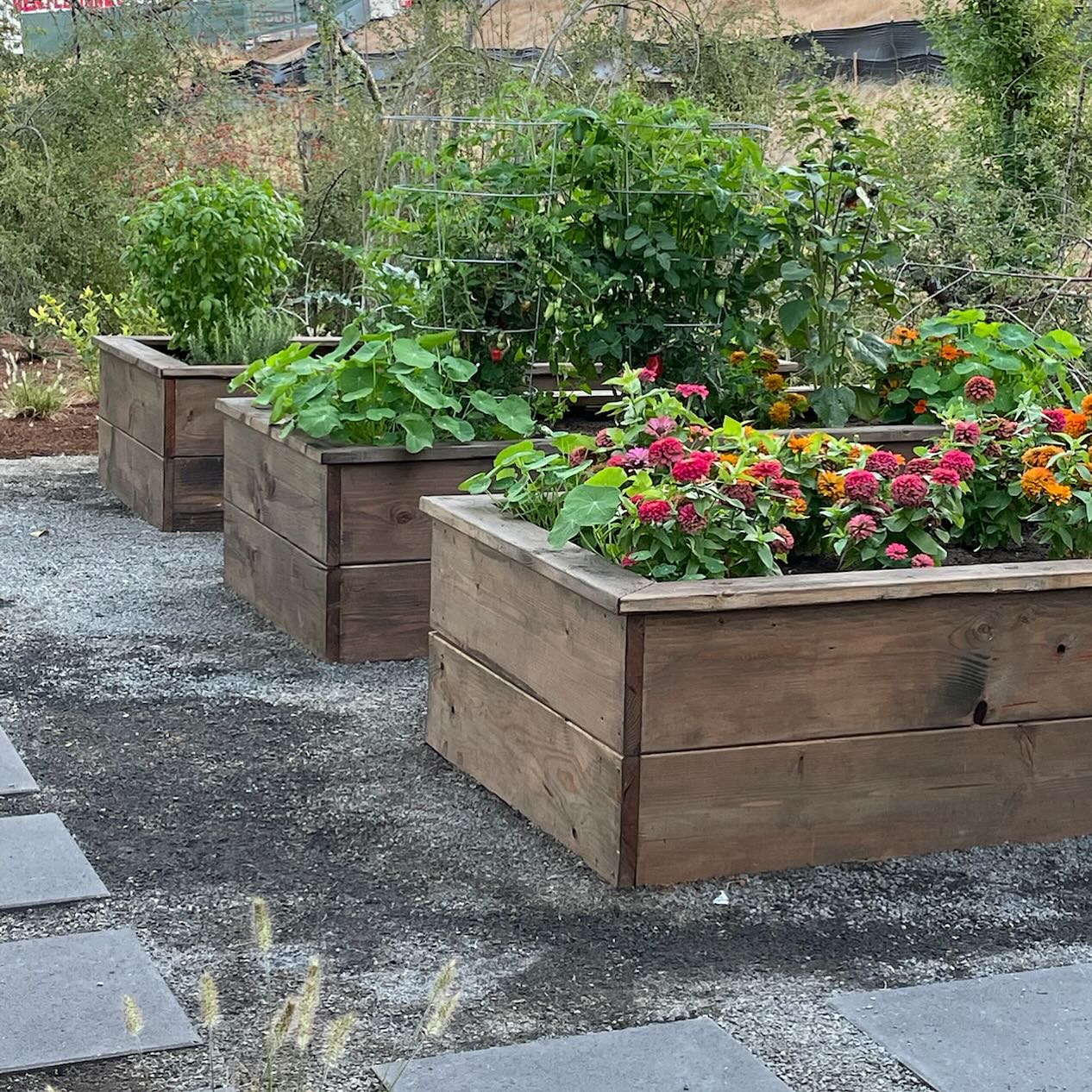
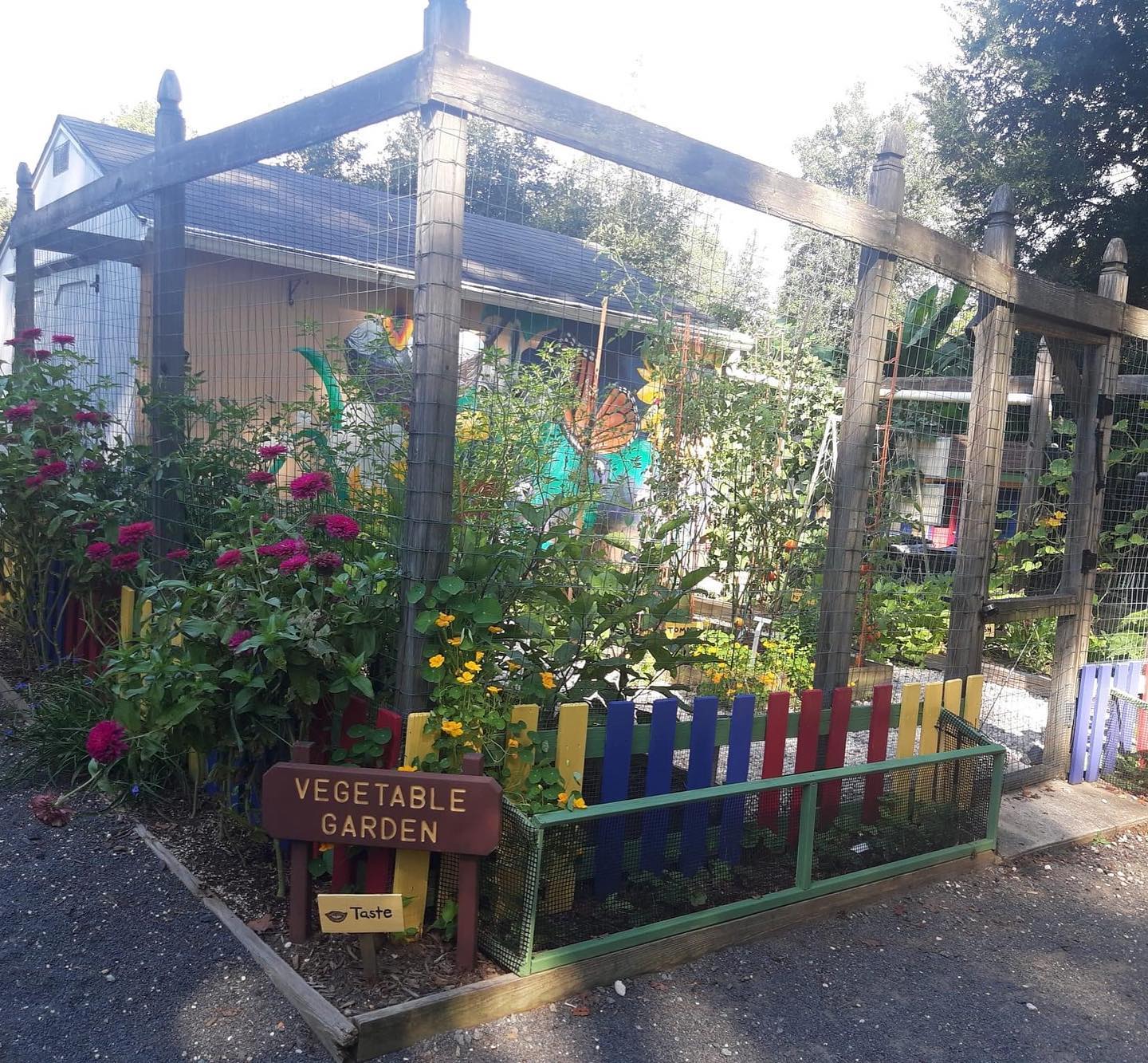
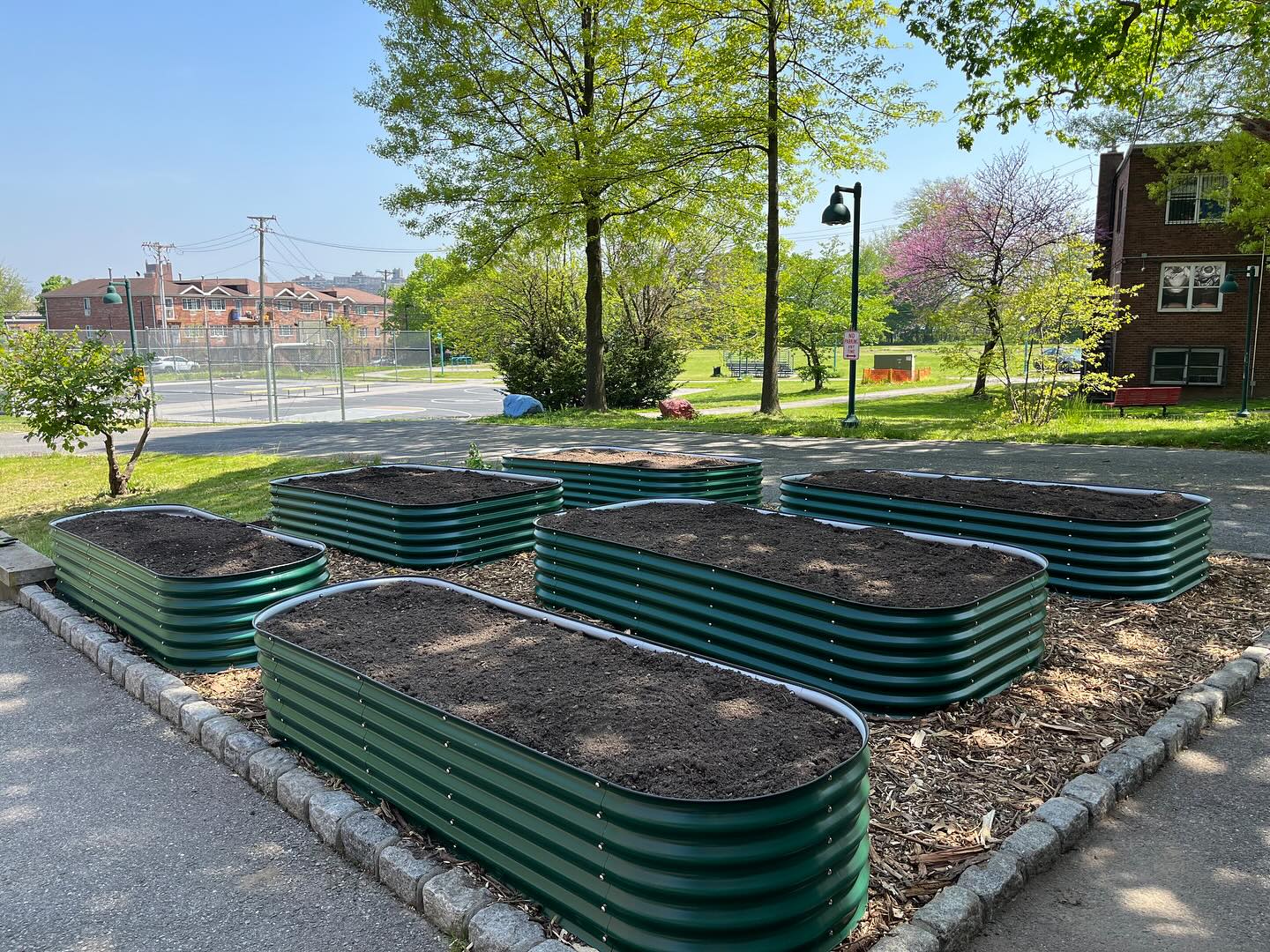
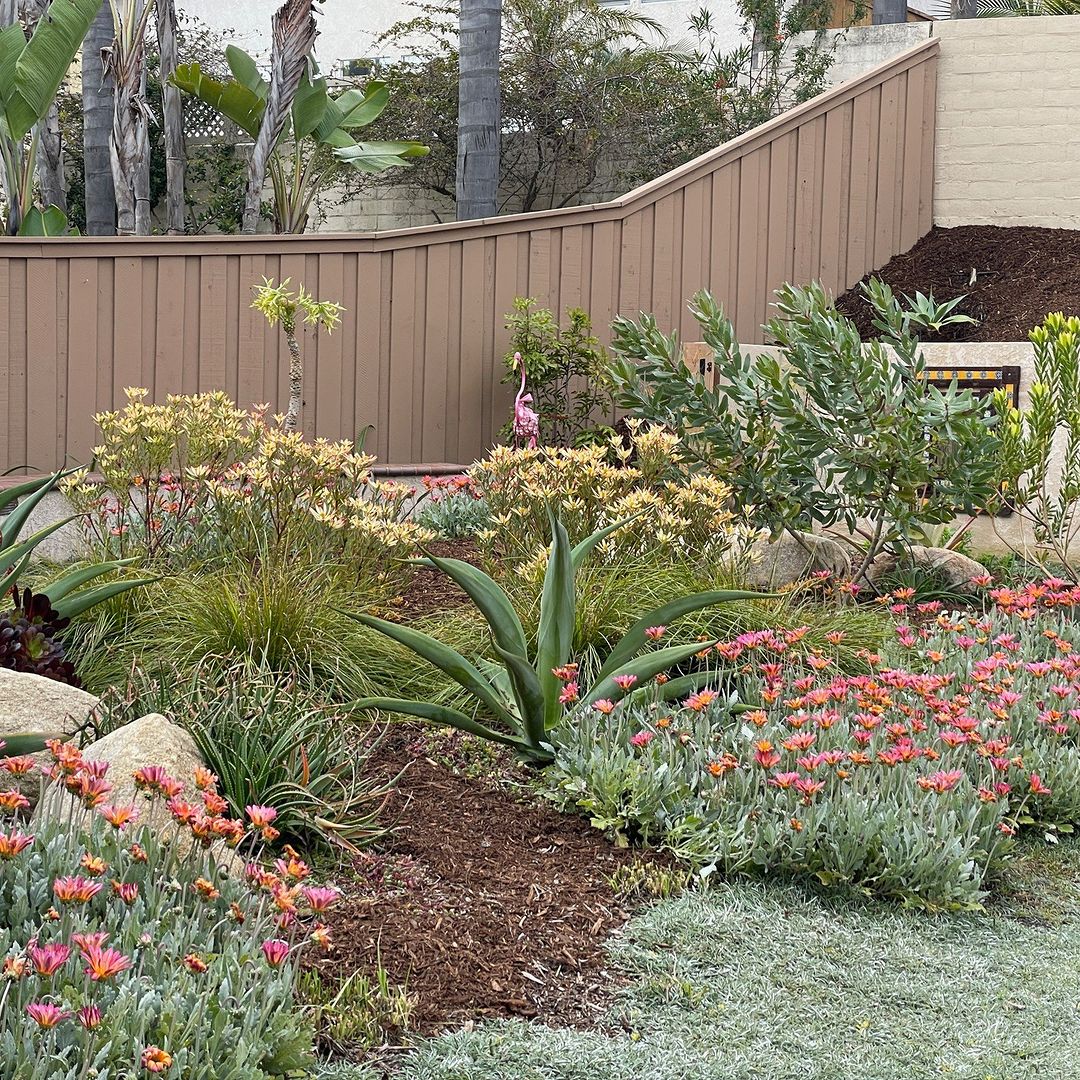
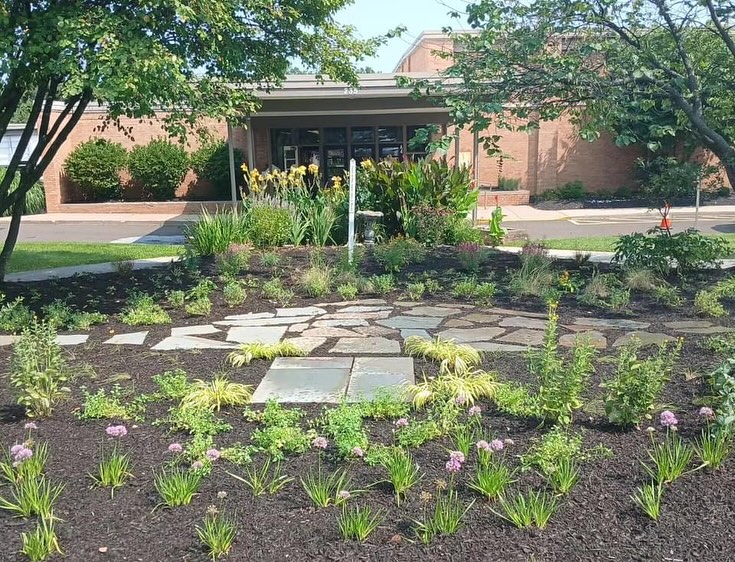


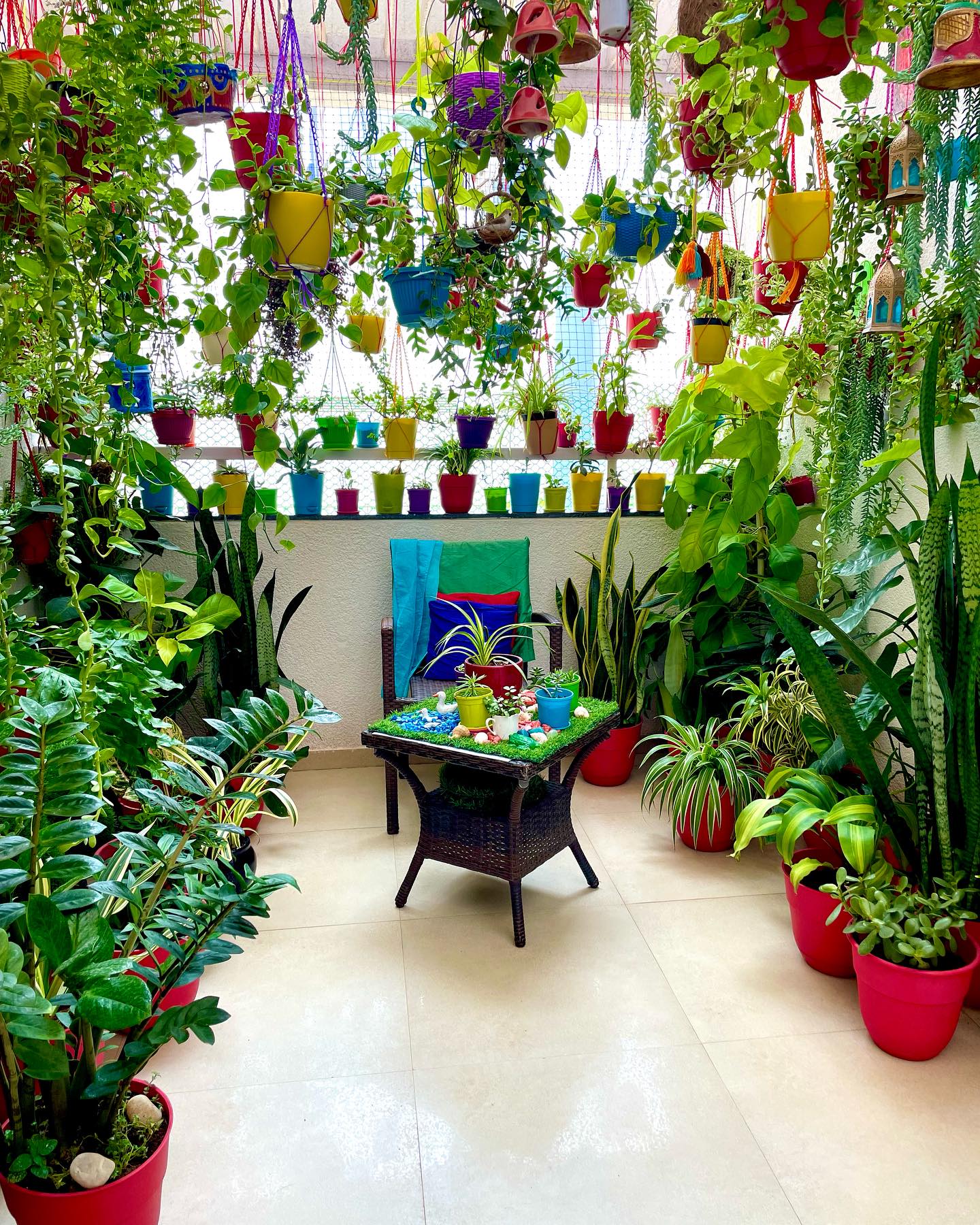
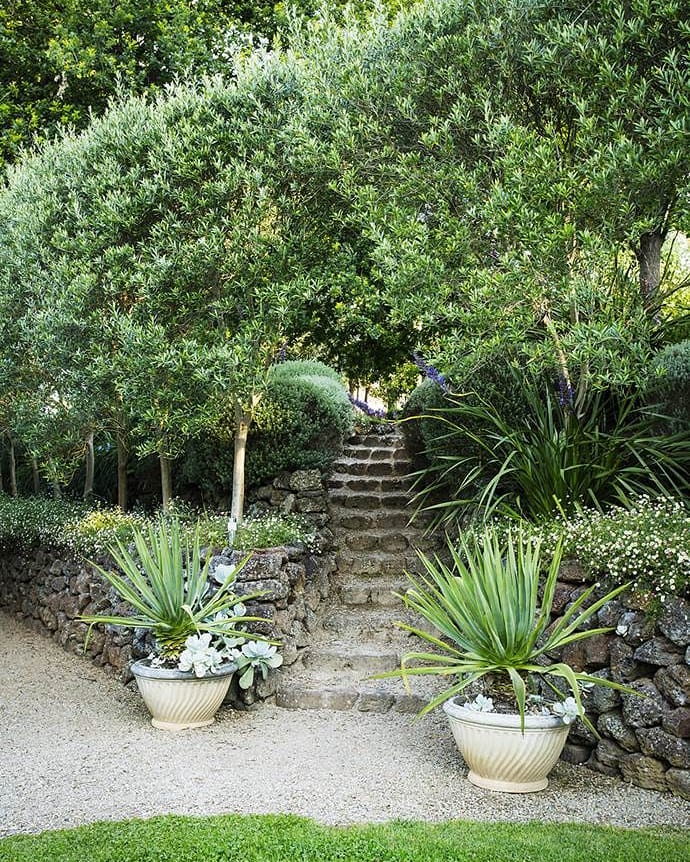
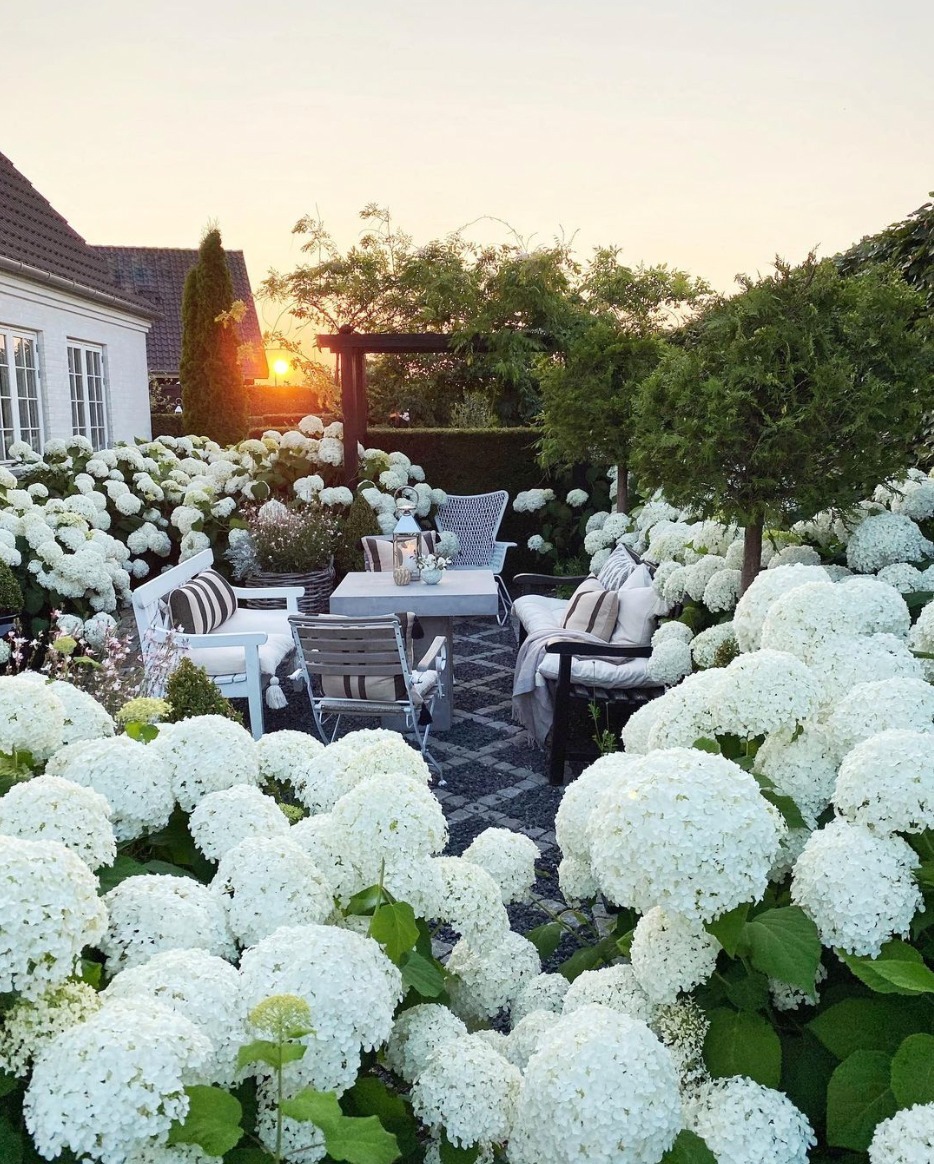
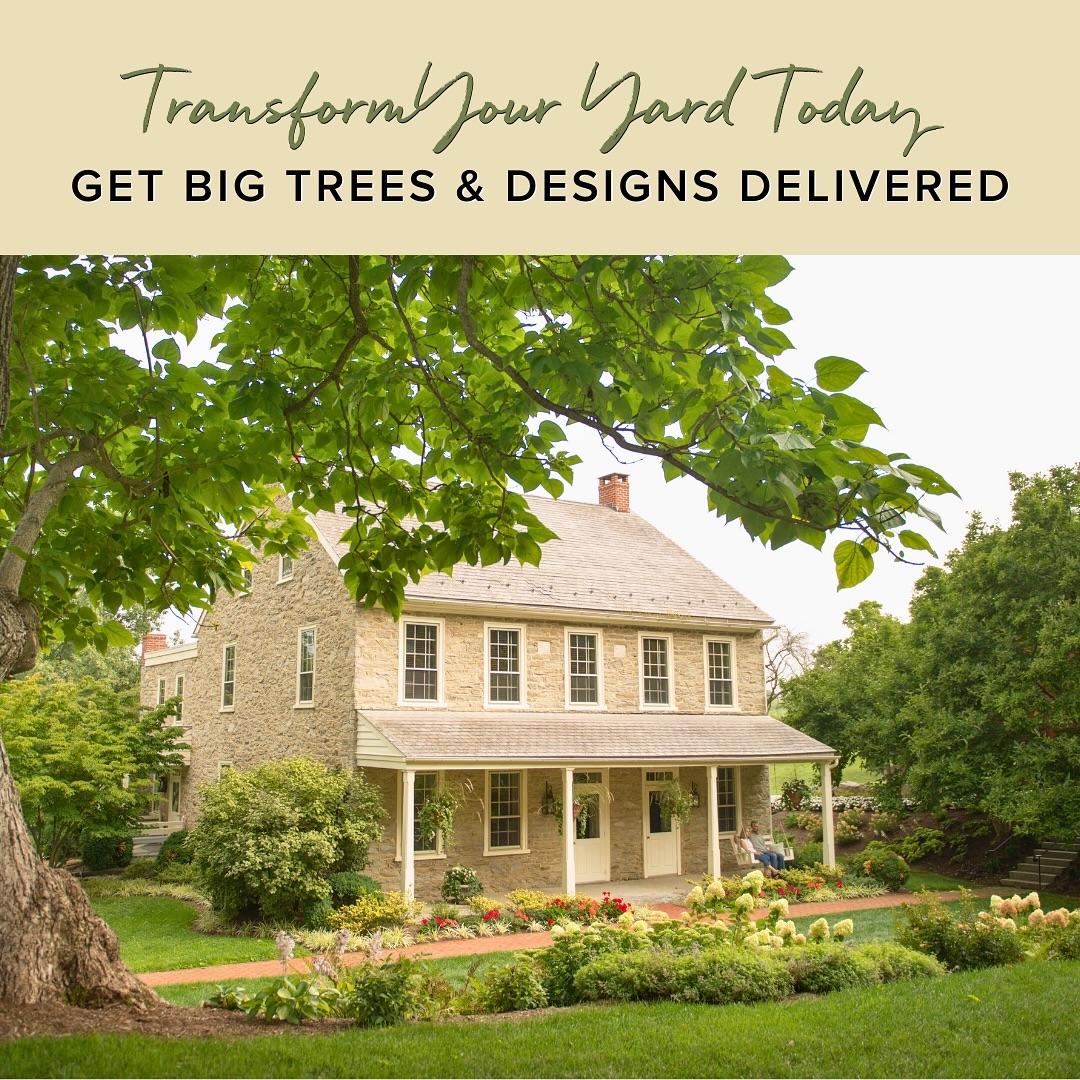
Comments